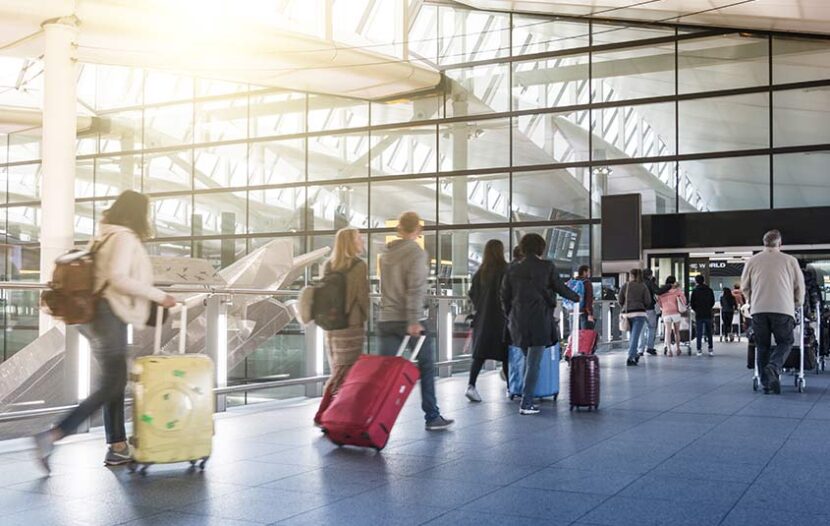MONTREAL — Coinciding with yesterday’s ********* meeting of the federal government’s Transport Committee on the holiday air travel delays and cancellations, ********** has released an overview of its December 2022 operations.
The ******* says it made extensive preparations for the winter holiday season, typically one of the peak travel periods of the year.
Some 2.18 million passengers were safely transported on nearly 17,000 flights with ********** over the holiday season.
STAFFING
For December 2022, ********** had 35,681 employees, an increase of more than 1,000 from pre-********, December 2019, when it had 34,653 employees.
Despite having more staff, the carrier operated less capacity in December 2022, measured by seats flown, at 85% of its December 2019 capacity. ********** notes having more people at the ******* to operate less flying ensured more employee resources were available per customer than prior to the ********.
OPERATIONS
The carrier says that although severe winter weather across North America disrupted all travel modes, ********** operated continuously throughout, and from Dec. 22 to Jan. 8, it flew approximately 17,000 flights, averaging nearly 1,000 daily flights or approximately one departure every 90 seconds each day.
**********’s daily flight completion rate was 91.5% and its international flight completion rate was 98.3%.
*******
********** delivered bags with their customers at rate of 97.3%. This rate has improved to 98.7% in the last few days. The ******* noted that winter disruptions can result in an increase in ******* ******* for reasons both within and outside the carrier’s control.
“******* can be ******* by misconnections between arriving and departing flights, off-schedule ground handling operations due to flight delays, and issues with third party suppliers, such as airport ******* handling system malfunctions,” says the *******. “For a carrier such as ********** with a high percentage of connecting customers – 30% during the holiday period – ******* delays are exacerbated by flight delays, as customers can make connecting flights but their ******* may not. Additionally, high customer volumes over the period can slow ******* recovery as flights are full, limiting aircraft capacity and resources to transport ******* bags so they can be reunited with customers.”
CUSTOMER CARE
Recognizing the impact of the weather upon the air transport system, ********** says it voluntarily implemented a goodwill rebooking policy during the holidays. This gave customers who wished to change their flights the option to do so at no cost. Additionally, it allowed customers who no longer wanted to fly to cancel their flight for any reason and receive a full ******.
For those whose flights were cancelled, **********, as per its regular policy, offered a full ****** or alternatively offered to rebook customers, although due to high customer volumes such opportunities were limited. During the peak of bad weather from Dec. 23 – 27, more than 107,000 customers whose flights were cancelled were successfully rebooked. The carrier set aside from its fleet 15 aircraft that were not scheduled to be available for spare capacity and it operated 324 extra flights, making 45,000 seats available to transport customers whose flights were cancelled.
More information on how ********** transports its customers safely in winter can be found at the *******’s winter travel page.

